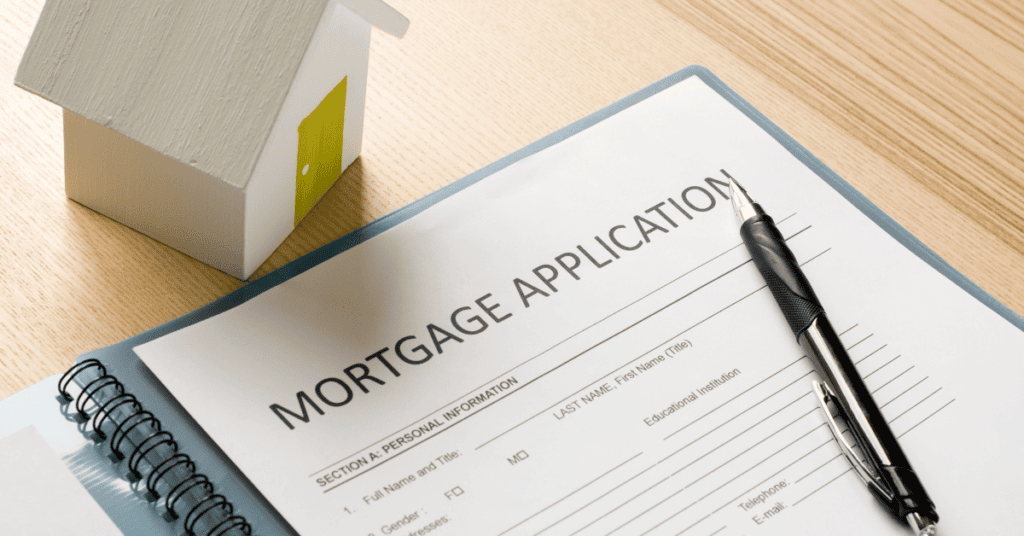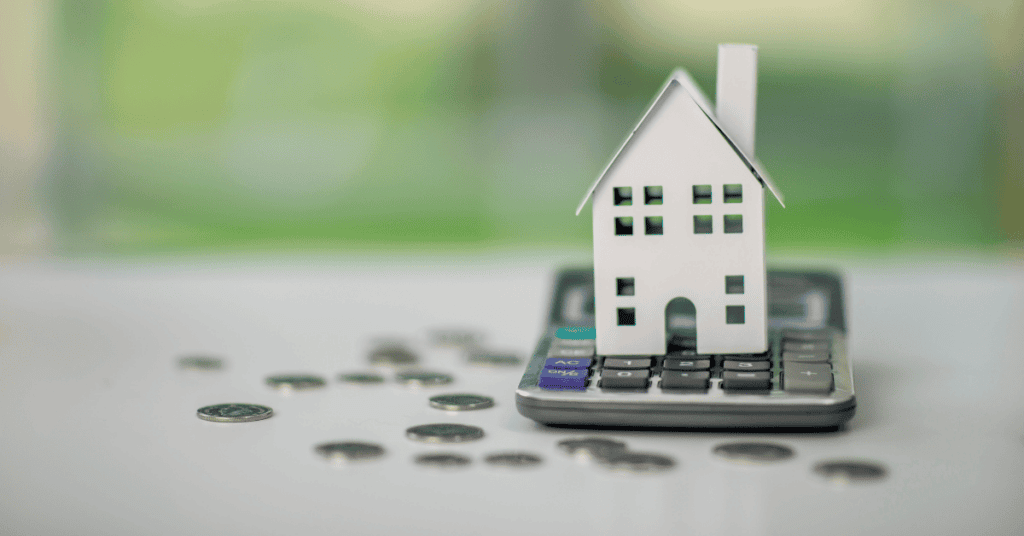Your Best Mortgage Options — Instantly
- Get matched with vetted mortgage lenders in minutes
- Save time with one simple form — no need to shop dozens of sites
- No credit impact. No sales pressure. Just the best fit for your goals
If you are in the market for a house or a mortgage, you may be aware of a pair of abbreviations, commonly referred to as PMI and MIP. Each relates to mortgage insurance and is required by lenders to grant a mortgage. The main difference between the two is that PMI – or private mortgage insurance – applies to conventional mortgages, while MIP – or mortgage insurance premium – is for loans guaranteed by the Federal Housing Administration (FHA).
Mortgage insurance is insurance coverage that pays the lender if you default on the loan. On conventional mortgages, it is required anytime you make a down payment of less than 20% of the purchase price of a new home, or you refinance your current home and have less than 20% equity in it.
On FHA loans, MIP is now required on any loan that you take, regardless of the size of your down payment, or your equity in the home.
Even though both PMI and MIP pay benefits to the lender if you default on the loan, it is you who pay the premiums. However, it is precisely those mortgage insurance plans that will enable you to obtain a mortgage that you otherwise couldn’t.
There are a couple of other types of insurance that are related to mortgages and the home buying process. Because of that relationship, borrowers sometimes are confused over exactly which policy is which. It’s important to understand that these policies are not mortgage insurance, as they serve completely different purposes.
The first is homeowners insurance, which is usually referred to as hazard insurance by mortgage lenders. It is required by mortgage lenders and names the lender as the beneficiary, which is why it is sometimes confused with mortgage insurance. But this is coverage that insures the value of your house in the event of partial or total destruction, and not for loan default.
The other similarly named coverage is mortgage life insurance. This is a policy that you take out on yourself and/or your spouse that pays off the mortgage in the event of your death. Because your family is the beneficiary, it’s not required by mortgage lenders. It is strictly an optional insurance policy that you take out.
Though PMI and MIP both serve the same purpose, there are significant differences between the two.
PMI is only required when your down payment or equity in the home is less than 20% of its value. Equally important is that PMI can be removed from your loan once you meet certain requirements. In fact, it is required by law as a result of the Homeowner’s Protection Act of 1998.
PMI can be removed when:
Under the last two scenarios, there will be certain requirements that you’ll need to meet, including:
Should the lender require that you provide an appraisal to support your claim, be sure to have the appraiser approved by the lender beforehand. You don’t want to order an appraisal from appraiser only to find out that he or she has been disqualified by the lender.
Why would you want to have PMI removed? Because PMI is expensive!
As an example, let’s say you apply for a 30-year fixed rate mortgage for $200,000 that represents 95% of the purchase price of a home. If you have a credit score of between 700 and 719 (PMI rates are credit score adjusted), your annual mortgage insurance premium rate will be 0.87%. That will result in an annual PMI premium of $1,740, which will add $145 to your monthly house payment.
Unlike PMI with conventional mortgages, MIP is required on any FHA loan, regardless of the down payment. Also, the requirements to have MIP canceled are much more strict than what they are for PMI.
MIP is also more expensive than PMI. This is because FHA requires that you also pay an upfront mortgage insurance premium (UFMIP) plus the annual premium (though annual MIP is waived if your original loan was less than 90% of the original value of the property).
The current UFMIP premium is 1.75% of the loan amount. That means that you will have to pay $3,500 upfront on a $200,000 mortgage. However, FHA loans allow you to add the UFMIP to the amount of the mortgage so that you will effectively pay the premium off over the term of the loan.
Annual MIP is comparable to conventional rates. On a 30 year mortgage on which you’re making a down payment of less than 5% of the property value, the annual premium rate is .85%. On a $200,000 mortgage, that will translate into an annual payment of $1,700. As a result, your monthly MIP premium will be about $142.
Your ability to cancel MIP will depend upon when your loan was originated, due to periodic revisions in FHA guidelines.
If your mortgage originated on or after June 3, 2013:
If your loan was originated on or after October 4, 2010:
If you can’t meet the requirements, but you still want to eliminate MIP, your only options will be to either pay off the mortgage or refinance it into a conventional loan.
PMI and MIP are expensive, but they are also the primary reason why you can buy a house with a very low down payment.
Our advice is based on experience in the mortgage industry and we are dedicated to helping you achieve your goal of owning a home. We may receive compensation from partner banks when you view mortgage rates listed on our website.


